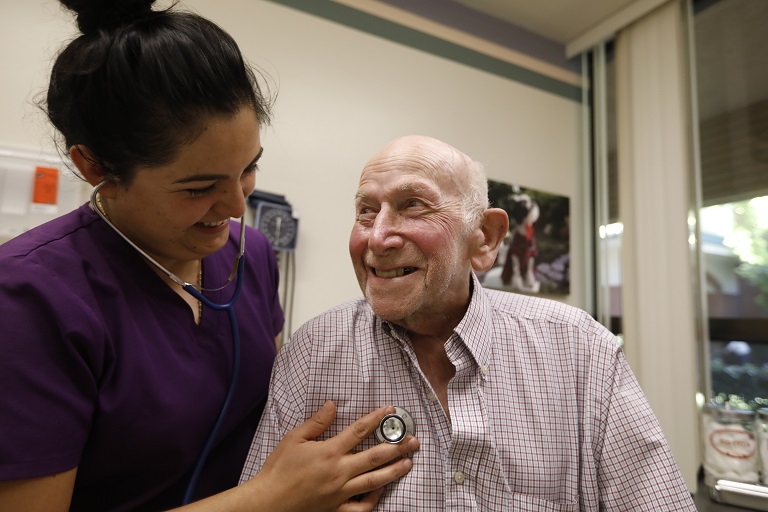Making Data-Driven Decisions Saves Parker Health Time and Money
Becoming a data-driven organization has helped Parker Health to save substantial time and money, says the new LeadingAge CAST case study “Advanced Data and Analytics Power Transformation in Aging Services.”
Parker Health Group, with five residential communities in New Jersey, wanted to make data-driven decision-making possible for a wide range of users and use cases throughout the organization. They partnered with Owl Health&Care Technologies (previously known as Caringale), a cloud business unit of ValueMomentum and LeadingAge Bronze Partner with CAST Focus, to implement a ready-made data platform with the ability to customize visualization capabilities.
In long-term care and long-term and post-acute care, a large number of data sources are available, including clinical data, human capital information, compliance management, and financial reporting. Bringing that data together and making it understandable to staff throughout the organization who have varying levels of technical fluency can achieve three important goals: providing high-quality care, improving stakeholder trust, and complying with regulations.
At Parker Health Group, Owl Health&Care Technologies put data pipelines in place to ingest data from more than 30 different data sources, including PointClickCare, Oracle HCM, and Smartlinx. They standardized, aggregated, cleansed, processed, and consolidated data in an operational data store and an enterprise data warehouse for historical data. APIs allow data and insights to be passed on to other systems. Owl Health&Care Technologies administers the underlying data platform, including encryption and backup services.
With customized dashboards, Parker Health staff could mix and match from any data set or application and highlight the specific dashboards most relevant to them. As the project rolled out over time, staff were able to access pre-built reports, dashboards, and analytics to improve staffing, quality, financial, and operational outcomes, as well as business intelligence and dashboards.
Benefits
Since July 2022, Parker Health has realized the following benefits:
- Saved more than $1 million compared to the potential cost of building data pipelines for each data source.
- Saved over 600 hours per month in data unification, cleansing, and reporting compared to maintaining disparate data sources.
- Shifted expenses from capital expenses to operational expenses for more predictable financial outlays and reduced depreciation of technical assets.
- Established key performance indicators for quantifiable benchmarking of business operations.
- Equipped Parker Health executives with more profound insights for decision-making.
- Centralized data for timely and accurate quality measures.
This project also enhanced Parker Health’s capabilities in data slice and dice, prevention analytics, actionable revenue management intelligence, in-depth census monitoring to maximize occupancy rates, and built-in artificial intelligence capabilities to establish root causes of high-cost adverse incidents. Parker Health can now sift through data from Internet of Things sensors to monitor staff hygiene compliance and improve infection control strategies.
Read the full case study for details on this project, as well as challenges to avoid and lessons learned.

Most Recommended
October 15, 2025
 Shutdown Week Three: Impact of Ongoing Closure on Affordable Housing
Shutdown Week Three: Impact of Ongoing Closure on Affordable Housing
December 10, 2025
Fiscal Year (FY) Funding 2026
October 07, 2025
Immigrant Workforce Matching Program Brings Workforce Relief
Recently Added
December 19, 2025
House Moves Forward on Affordable Housing Reforms
December 19, 2025
White House Cannabis EO Paves Way for Research, Access
December 19, 2025
LeadingAge Urges DHS to Maintain "Public Charge" Guardrails
December 18, 2025



